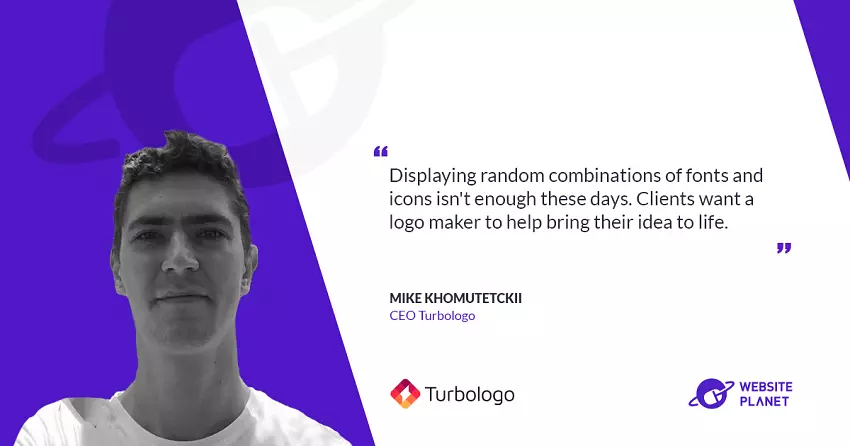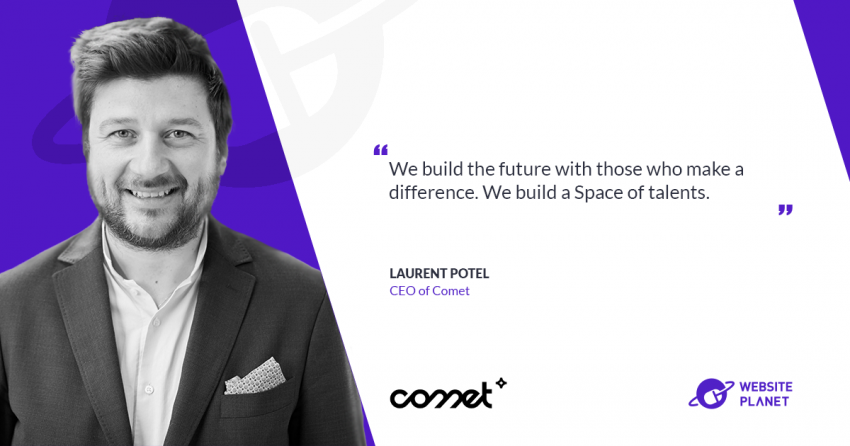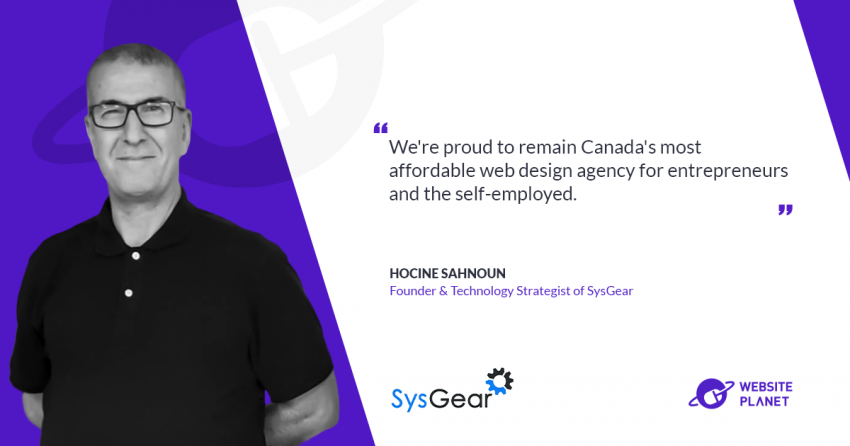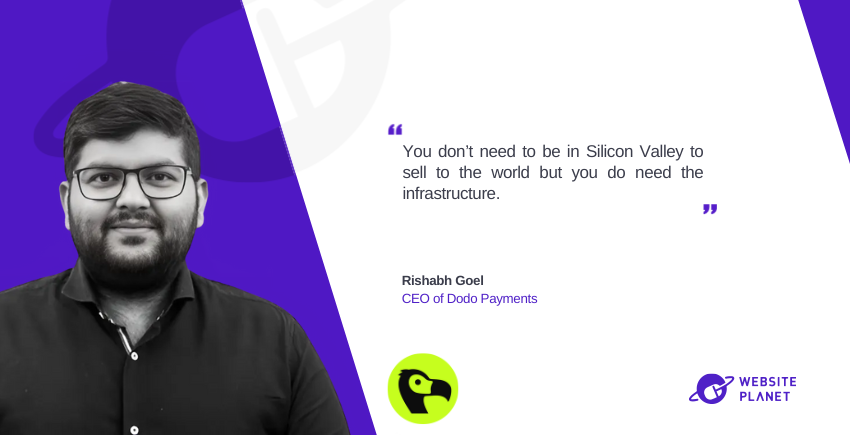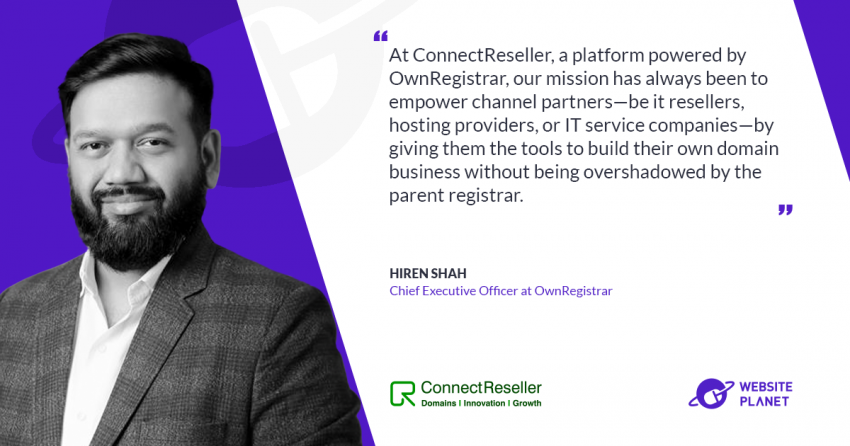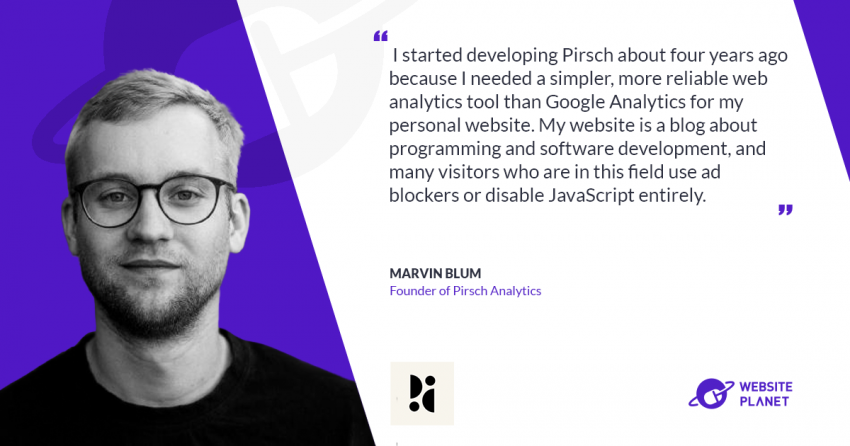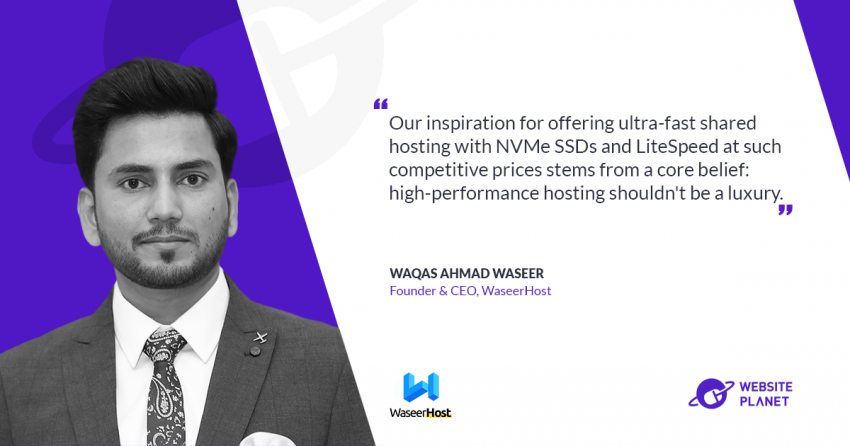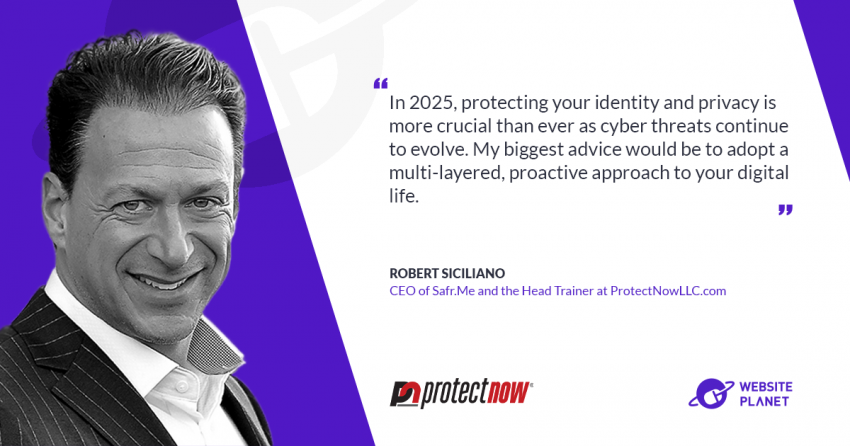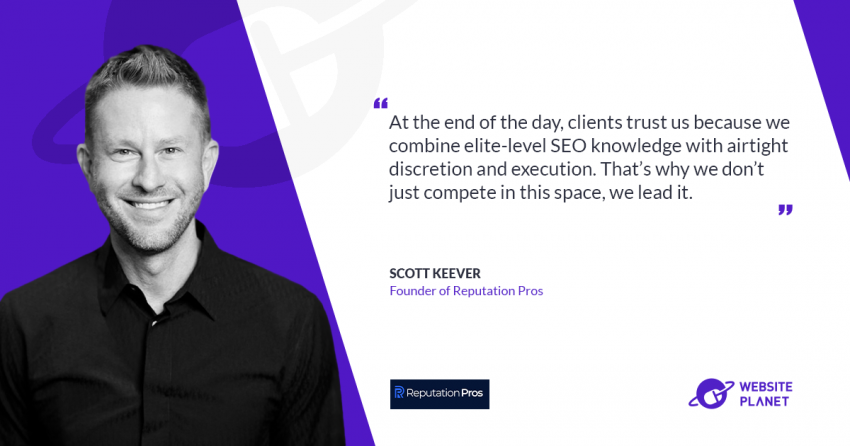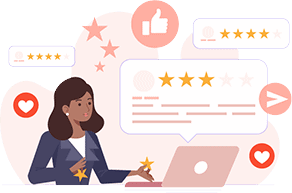TurboLogo is a free logo maker that makes it easy to gather ideas and design a logo for any purpose.
Regardless of the nature of your business, a logo is the very starting point of your online branding, and with more and more companies moving their marketing on the internet, evne finding a truly unique ideas has become a challenge.
That’s why we asked TurboLogo’s CEO, Mike Khomutetckiim, to give us some tips to make a logo stand out from the mass, and what is the future of online design.
Please describe the story behind Turbologo: How did it all start, and how has it evolved so far?
Our story is similar to a classic garage startup story. Two friends me a programmer, and my friend Ilya, a graphic designer, decided to do something interesting as a side project. We tried a lot of different ideas: from 3D gifts in social networks to shopping recommendations based on like-or-not technology, but the projects were not successful.
Then we came up with the idea that a combination of algorithms and design can be used in the logo generator. We already had a lot of experience with launching new projects and knew what to do. Ilya suggested calling this project TurboLogo, as if we had a turbo engine under the hood.
We released the first version of the product in a month. Our first market was Russia, where Turbologo quickly became the leader.
Then we decided to scale the business and translate the service into English and other languages and go worldwide. At the moment, 8 million logos were created, and around 70,000 companies have created their brands with Turbologo.
I believe we make beautiful designs available to everyone. You no longer have to be a designer or spend a lot of money to create a beautiful, professional logo.
I can’t even count the number of logo makers out there. What makes you stand out from the competition?
You’re right, the number of logo makers is in the dozens, but the logos in them look monotonous. Random fonts, icons, and colors, so where’s the AI work here, as some claim..?
We have a much wider variety of design options compared to our competitors. You see the most interesting and relevant logo design options first. Any design is fully customizable. For each logo, we can automatically create a corporate identity. This is a very powerful technology that allows you to quickly get a professional result.
Displaying random combinations of fonts and icons isn’t enough these days. Clients want a logo maker to help bring their idea to life. We created a technology that brings together a designer, a graphic editor, and Data-Driven algorithms. Company name, industry, icons, colors – all these are transformed into thousands of unique designs. They are all very different, but look professional, as if you see the work of a real designer. We’re still amazed at the design variations that come out, and it’s highly inspiring.
The system learns from user behaviour. I would compare this to how behavioural factors work in ranking search results on Google. Users themselves “vote” for the best designs. We don’t have random or predefined logos in the results. You see really the most relevant results. We are constantly adding more and more designs to the system.
Our clients can easily get a corporate identity. Branded business cards, letterheads, social media designs, and other formats are generated automatically by the logo. So it’s ready to go.
And we’re also one of the few who actively work with different languages. Turbologo is translated into 8 languages and you can get a logo in Hebrew or Cyrillic.
Many logo makers allow you to download only one logo after payment, and some do not even allow you to edit the company name after purchase. Many competitors are far behind technologically.
What are in your opinion the 5 elements that make a logo instantly identifiable?
The main principle is to do something fresh in your industry, but not to overdo it. It can be difficult. You have to find the golden mean.
- Find one clear idea. For example, an arrow at FedEx, a bitten-off apple at Apple. This idea should be very simple, straightforward, and easy to read
- Choose appropriate fonts. Every industry has its own standards. For example, a bank logo with fonts for a children’s store is unlikely to look appropriate. Fonts have a strong influence on brand perception
- Choose bright or faded colors. It’s important to differentiate your business from competitors, but don’t try to reinvent the wheel. Follow certain standards of your industry. For example, bank logo colors should show confidence, reliability, and conservatism.
- Come up with an element that can be used outside of the logo. For example, the three stripes of Adidas. Also, a monogram can be a key element. My favorite example is National Geographic with the yellow frame because making a recognizable brand from a rectangle is the highest level.
- Develop a corporate identity. Without a corporate identity, the logo will be harder to remember. A good corporate identity makes the logo more contrasting, but not distracting.
Don’t get frustrated if too straightforward ideas come to you. A yoga club logo with a lotus flower is fine. A simple logo with a minimalist font looks great. Start with something simple.
Which trends or technologies do you find to be particularly exciting these days?
Anything that has to do with AI. I recently saw realistic-looking sneaker models generated by AI and they looked great. AI already knows how to program. I used to think that neural networks wouldn’t replace programmers, but now I accept that.
AI or neural networks are already being used in our industry, but rather experimentally. Neural networks generate quite strange designs, too abstract and psychedelic-like. It can be used as an idea generator, but it is more for professionals. Similar technologies are used in the music generation. AI can come up with an interesting idea but is not yet ready to offer a fully finished solution in a short time.
I was surprised at how a neural network understands a task and produces a result. For example, you can ask a neural network a question, ask it to write program code, or come up with a company name by keywords. All these tasks are solved by the same neural network. It becomes more and more similar to brainwork because it can do many different things.
Cryptocurrencies represent an entirely new realm. Bitcoin’s total capitalization has surpassed $1 trillion, exceeding the capitalizations of numerous stock markets.
How do you envision the future of your industry?
One of the most important global trends we’re seeing right now is the rise of online design. Canva has become the leader and standard for the online design industry, surpassing Photoshop. The design world will never be the same again. Of course, Photoshop will remain a tool for professionals. We feel comfortable with this trend because our logos can be used anywhere.
Logo makers are evolving beyond just logos. In addition to a logo, the client gets a complete corporate identity: social media design, business cards, marketing materials, and even a website. The design changes automatically when the logo changes. This greatly speeds up the creation of marketing materials. You can come up with a business idea in the evening, and in the morning you can start advertising and get your first sales. It moves the business world forward.
